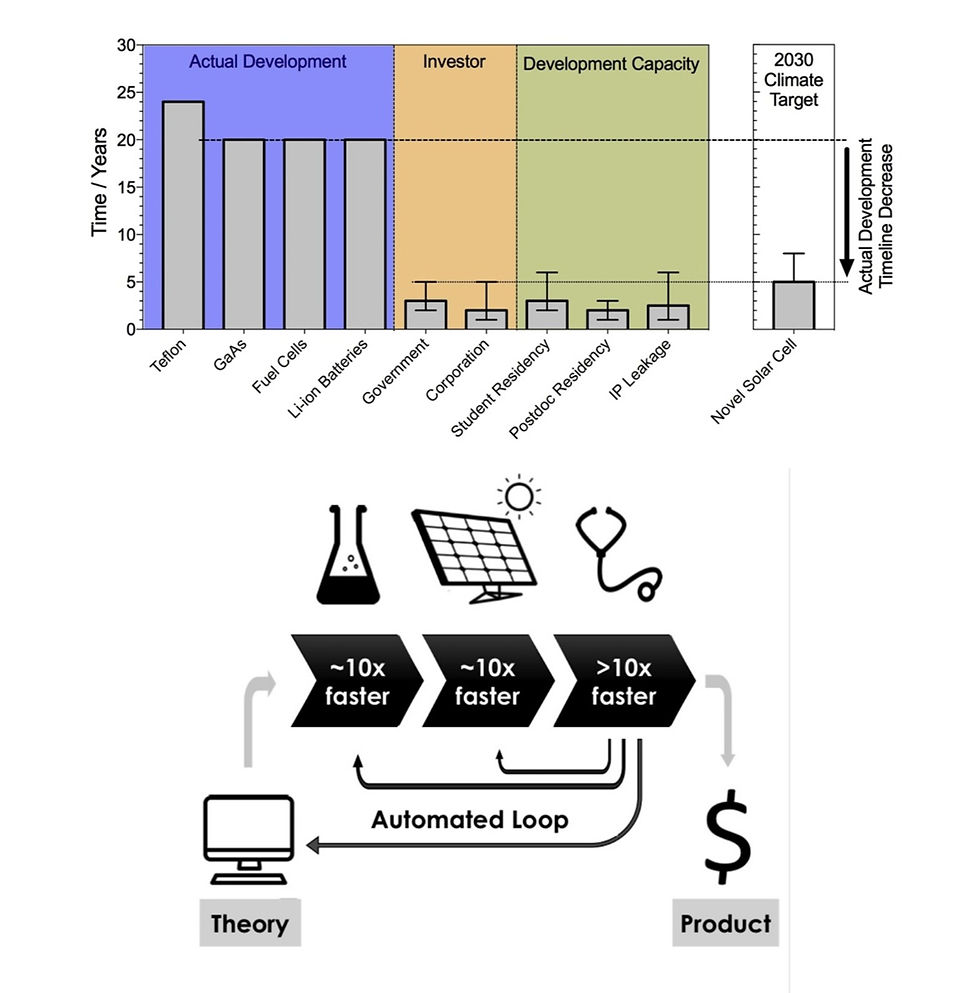Jan 2020: Nature Communications https://www.nature.com/articles/s41467-020-15399-2
The conceptual understanding of charge transport in conducting polymers is still ambiguous due to a wide range of paracrystallinity (disorder). Here, we advance this understanding by presenting the relationship between transport, electronic density of states and scattering parameter in conducting polymers. We show that the tail of the density of states possesses a Gaussian form confirmed by two-dimensional tight-binding model supported by Density Functional Theory and Molecular Dynamics simulations. Furthermore, by using the Boltzmann Transport Equation, we find that transport can be understood by the scattering parameter and the effective density of states. Our model aligns well with the experimental transport properties of a variety of conducting polymers; the scattering parameter affects electrical conductivity, carrier mobility, and Seebeck coefficient, while the effective density of states only affects the electrical conductivity. We hope our results advance the fundamental understanding of charge transport in conducting polymers to further enhance their performance in electronic applications.





